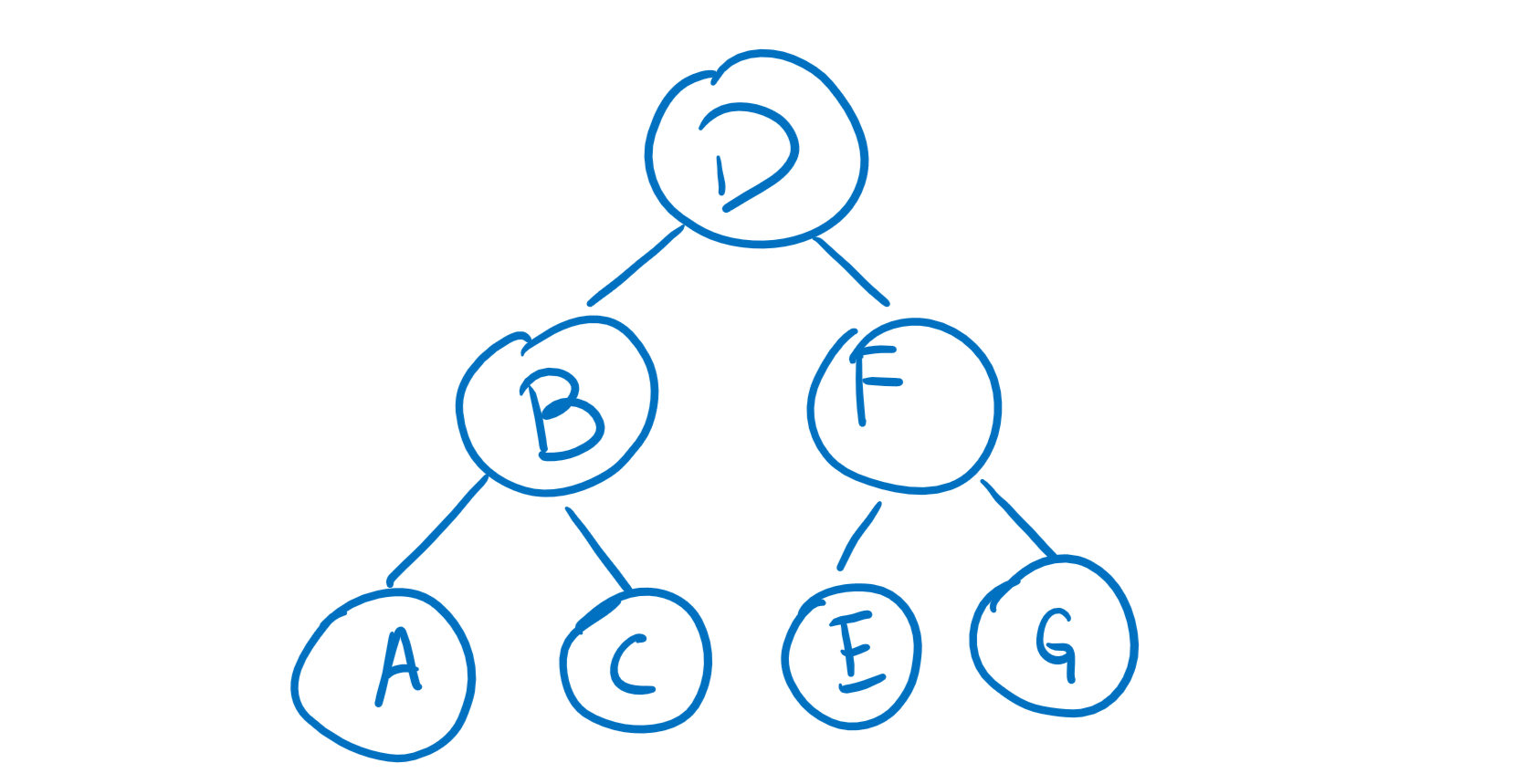Depth First Search (DFS)
Depth First Traversal #
Before we move on to searching, let’s talk about traversing. Traversal is the act of visiting nodes in a specific order. This can be done either in trees or in graphs.
For trees in particular, there are three main ways to traverse.

The first way is inorder traversal, which visits all left children, then the node itself, then all right children. The end result should be that the nodes were visited in sorted order.
The second way is preorder traversal, which visits the node itself first, then all left children, then all right children. This method is useful for applications such as printing a directory tree structure.
The third way is postorder traversal, which visits all left children, then all right children, then finally the node itself. This method is useful for when operations need to be done on all children before the result can be read in the node, for instance getting the sizes of all items in the folder.
Here are some pseudocodey algorithms for tree traversals.
// INORDER will print A B C D E F G
void inOrder(Node x) {
if (x == null) return;
inOrder(x.left);
print(x);
inOrder(x.right);
}
// PREORDER will print D B A C F E G
void preOrder(Node x) {
if (x == null) return;
print(x);
preOrder(x.left);
preOrder(x.right);
}
// PREORDER will print A C B E G F D
void postOrder(Node x) {
if (x == null) return;
preOrder(x.left);
preOrder(x.right);
print(x);
}
Depth First Search in Graphs #
Graphs are a little more complicated to traverse due to the fact that they could have cycles in them, unlike trees. This means that we need to keep track of all the nodes already visited and add to that list whenever we encounter a new node.
Depth First Search is great for determining if everything in a graph is connected.
Here’s an outline of how this might go:
- Keep an array of ‘marks’ (true if node has been visited) and, optionally, an edgeTo array that will automatically keep track of how to get to each connected node from a source node
- When each vertex is visited:
- Mark the vertex
- For each adjacent unmarked vertex:
- Set edgeTo of that vertex equal to this current vertex
- Call the recursive method on that vertex
Like trees, DFS can be done inorder, preorder, or postorder. It’s nearly identical behavior to trees, with the addition of the marks array.